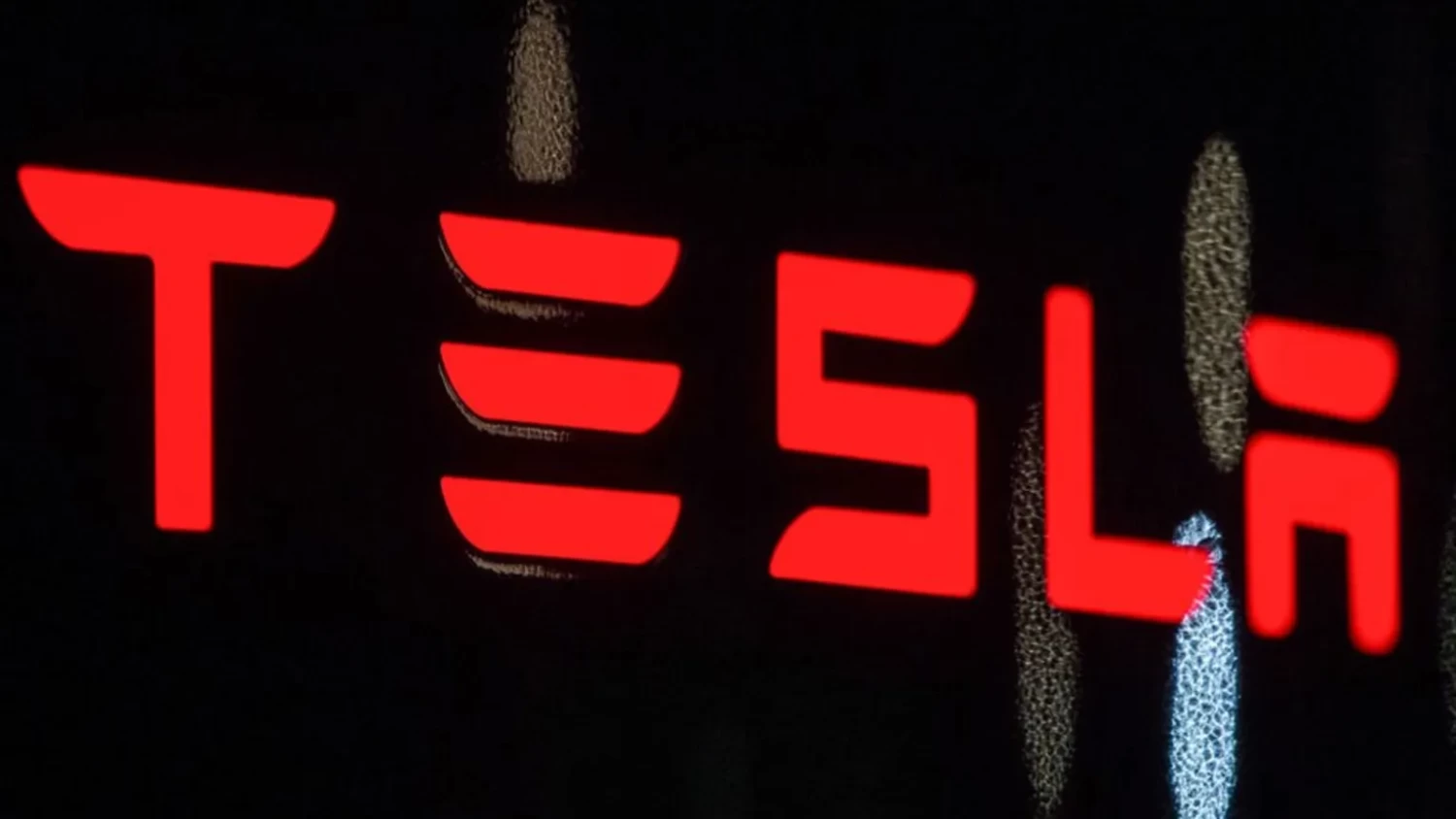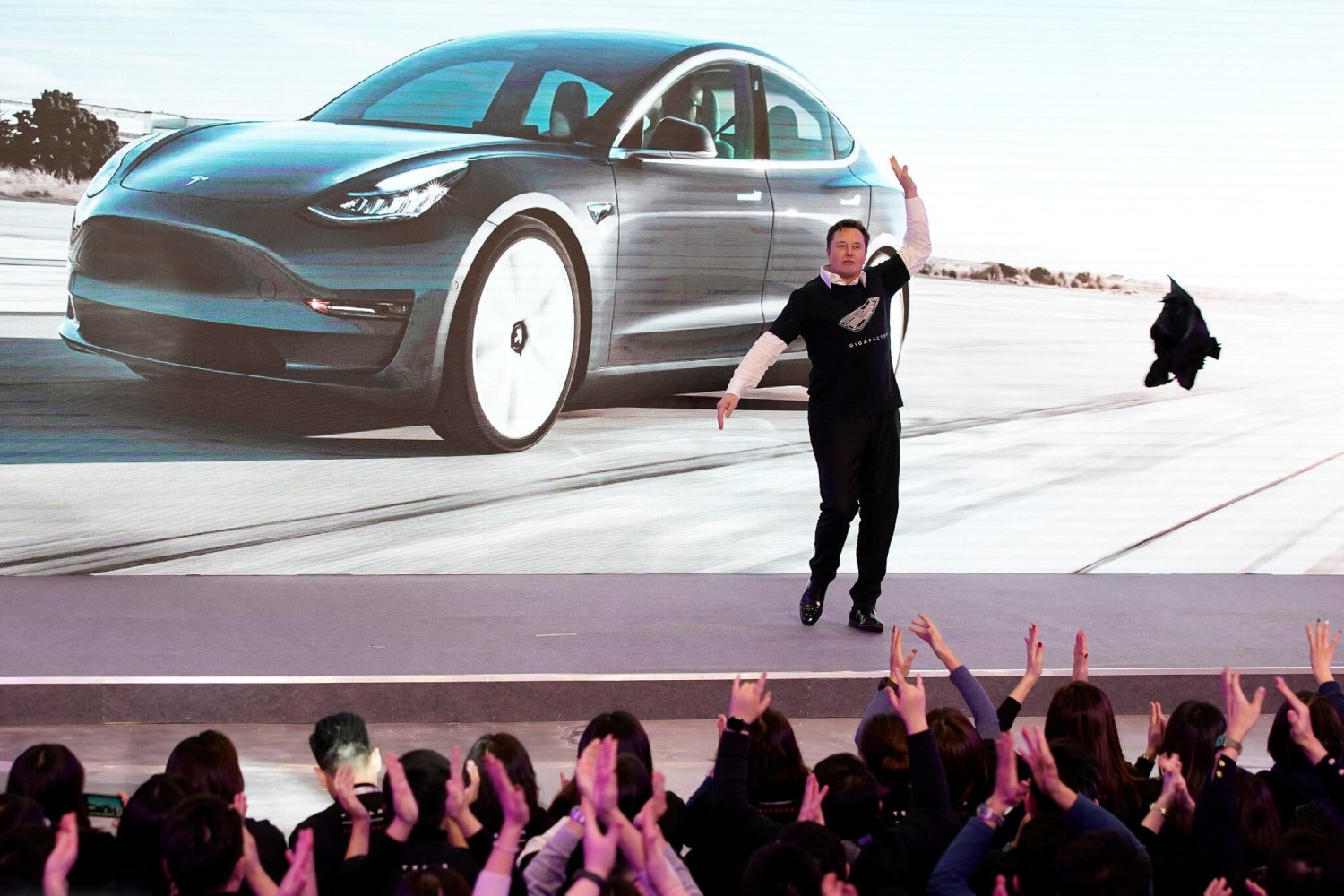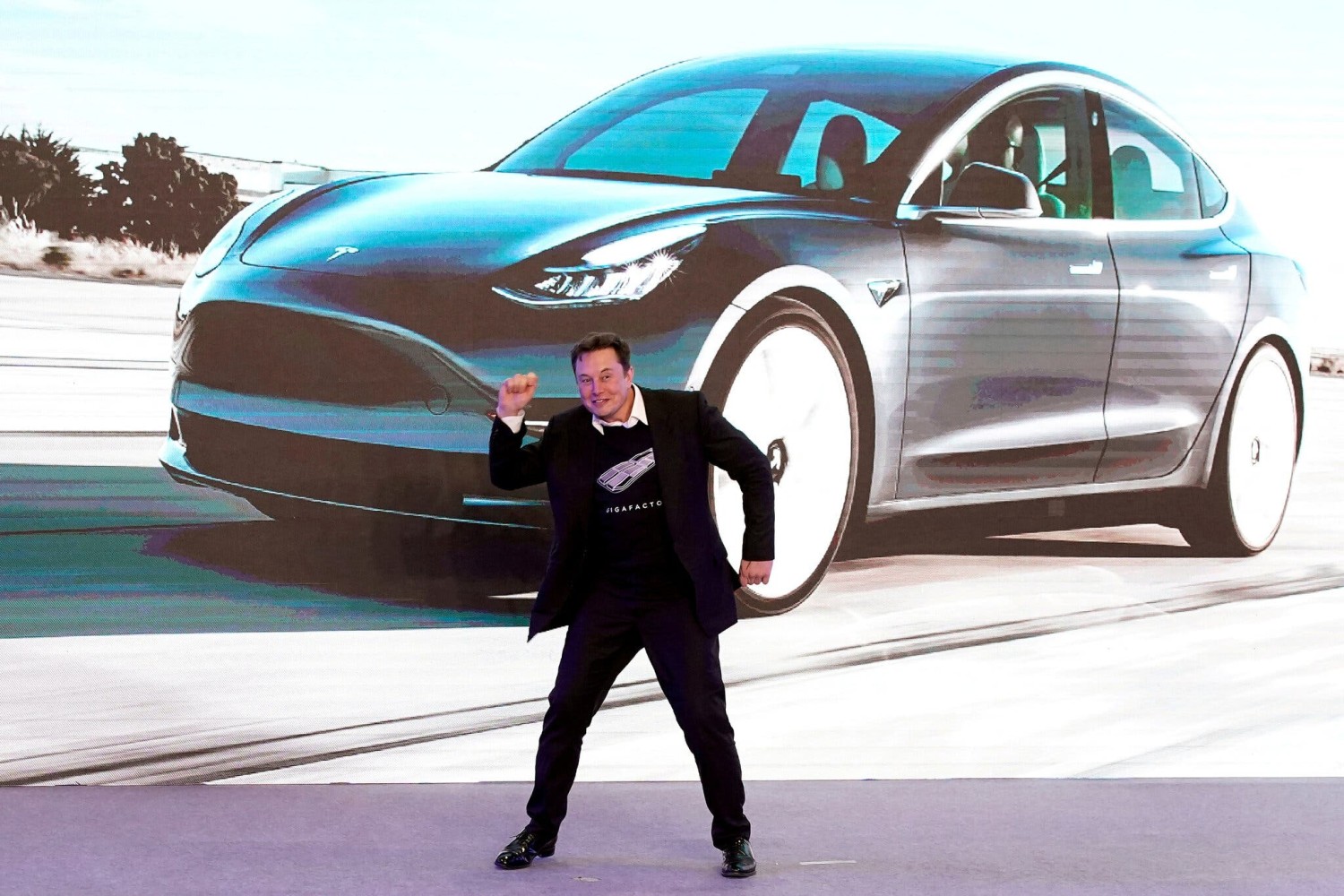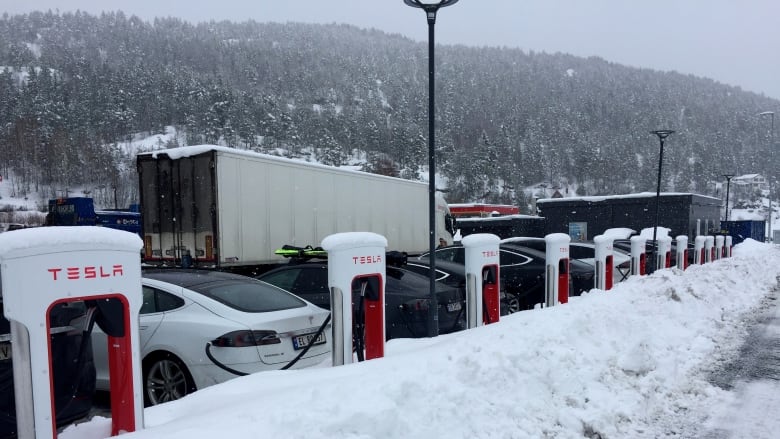This article is more than
7 year oldIs Tesla taking too many risks before launching the Model 3?
That explosion could be the beginning of the end for the internal combustion engine — or it could be the beginning of the end for Tesla. Much depends on the reputation of the Model 3.
The Model 3 is the first Tesla that will go to a broad audience beyond the forgiving early adopters and there are legitimate concerns about whether quality will be good enough.
So far each model of Tesla has had at least one recall. The Roadster was recalled for the wiring. The Model X had a recall for the parking brake. The Model S was recalled for seatbelts and airbags and the parking brake.
But these were relatively small recalls because they were small runs of cars. The customers understood that they were getting cars that would be imperfect. A recall on the Model 3 would be a much bigger affair — after all, Tesla is planning to sell hundreds of thousands of them each year.
As Ford has found just this year, recalls can cost hundreds of millions and erode your profits. Not that Tesla has profits to erode.
Recalls cost companies threefold. Not only do they have to pay for the parts and the labour of the repair, but they suffer from brand damage and from a possible reduction in future sales. That reputational risk is the main reason Tesla needs to deliver Model 3s that don’t fail.
A GAME CALLED RISK
Elon Musk loves to take risks — without risks there are no rewards. And his career so far has been full of reward. But the risks he has taken in getting the Model 3 ready seem particularly bold.
The Model 3 is coming off a new production line. That alone is a concern. But the factory skipped a step most car companies normally take — using lighter, cheaper practice machines to make sure the process works. Tesla has bet on using computer modelling to get the machines right and then investing a lot of money in them.
To add to the feeling of uncertainty, in April Musk sacked senior manufacturing executive Klaus Grohmann, an automated manufacturing expert who had just come aboard. Scaling up manufacturing is incredibly hard, and it’s fair to question if Tesla can really do it.
Musk famously keeps a sleeping bag in the factory but it is not clear if his experience is suited to scaling up to mass-manufacturing. The only big factory he has run is the battery factory that supplies the units for Tesla cars. And in recent months that factory was running way below capacity because of “a severe production shortfall of 100 kWh battery packs”. For the Model 3 to be produced on time — and Musk is promising to make 20,000 cars a month by December — he needs both factories running like clockwork.
There appear to be no shortage of places things can go wrong.

CHICKEN AND THE EGG
In trying to sell electric cars, Tesla has a challenge. There are very few electric car charging stations for its electric vehicles.
This is a classic chicken and egg situation. Most companies would wait to see if some other group was going to build the chargers but Tesla does things differently. It designs and builds the chicken and the egg and launches them both at once.
This is risky but it could be smart. But as we saw above, Tesla is doesn’t just need chargers to make the cars work. It needs batteries too. So Musk is making them — and doing so at incredible scale to make them cheaper. And since he has so many batteries to sell, he’s moved into home power.
Each time Musk sees a problem that impedes his vision he attempts to solve it himself.
Can’t get to Mars yet? Start a rocket company.
Worried about traffic but tunnels are too expensive? Start a tunnel boring company.
Want people to be able to fill their batteries? Buy a solar panel company and merge that into Tesla.
Tesla is even using its own network of retail stores to sell its cars, and — the extreme point of its mission to do everything in-house — invested in its own Tesla-owned panel beaters.
Doing things yourself works well — until you come across something you can’t do. At which point you’ve cost your company a lot of money and let down all the other parts that were depending on it.

People like to compare Musk to Steve Jobs but Steve Jobs never took these risks. The original iPhone was co-designed with Cingular Wireless, produced by Foxconn and contained a CPU from Samsung. The app store might have been the ultimate brilliant idea and it was full of products Apple didn’t invent at all.
Musk’s vision might be described with the phrase: “You can’t do anything until you can do everything.” But of course, nobody can do everything. Especially not first time.
WHAT’S NEXT?
Tesla says around 400,000 orders for Model 3 cars have been received — each with a US$1000 deposit. But these don’t all magically turn into sales. Those deposits are refundable and other car companies aren’t standing still. Volvo, for example, has just announced its cars will all be electric or hybrid from 2019.
If customers hear bad things about the early Model 3s, they might delay their orders, or pull their deposits out. If the Model 3 starts getting recalls in significant numbers that will be a warning sign that the Musk model of biting off more than you can chew might be a bad idea after all.
The combination of big losses plus continual capital and debt raisings means Tesla won’t get a lot of leeway to right any wrongs it makes. Financiers won’t be patient for ever. If customers turn on Tesla, it could meet its end barely after it has got past the beginning.
Jason Murphy is an economist. He publishes the blog Thomas The Thinkengine. Follow Jason on Twitter @Jasemurphy
Newer articles
<p>They have been blasted from car stereos on the streets of New York City, played by DJs at nightclubs across the US, dubbed into Chinese on TikTok and inspired merengue songs...
Island nation erupts into violence, three dead
Taylor Swift concert photo horrifies internet
Ellen to make TV comeback after two years
Sean 'Diddy' Combs asks judge to reject lawsuit alleging rape of 17-year-old girl in 2003
Ukraine finds itself in a grave situation. Russia appears to be advancing
How the West's plan to punish Russian oil backfired
Will Zionism survive the war?
Putin's Preparing Better Than Us for a Long War
U.S. threats led to rupture of vital military ties, Nigerien leader says




